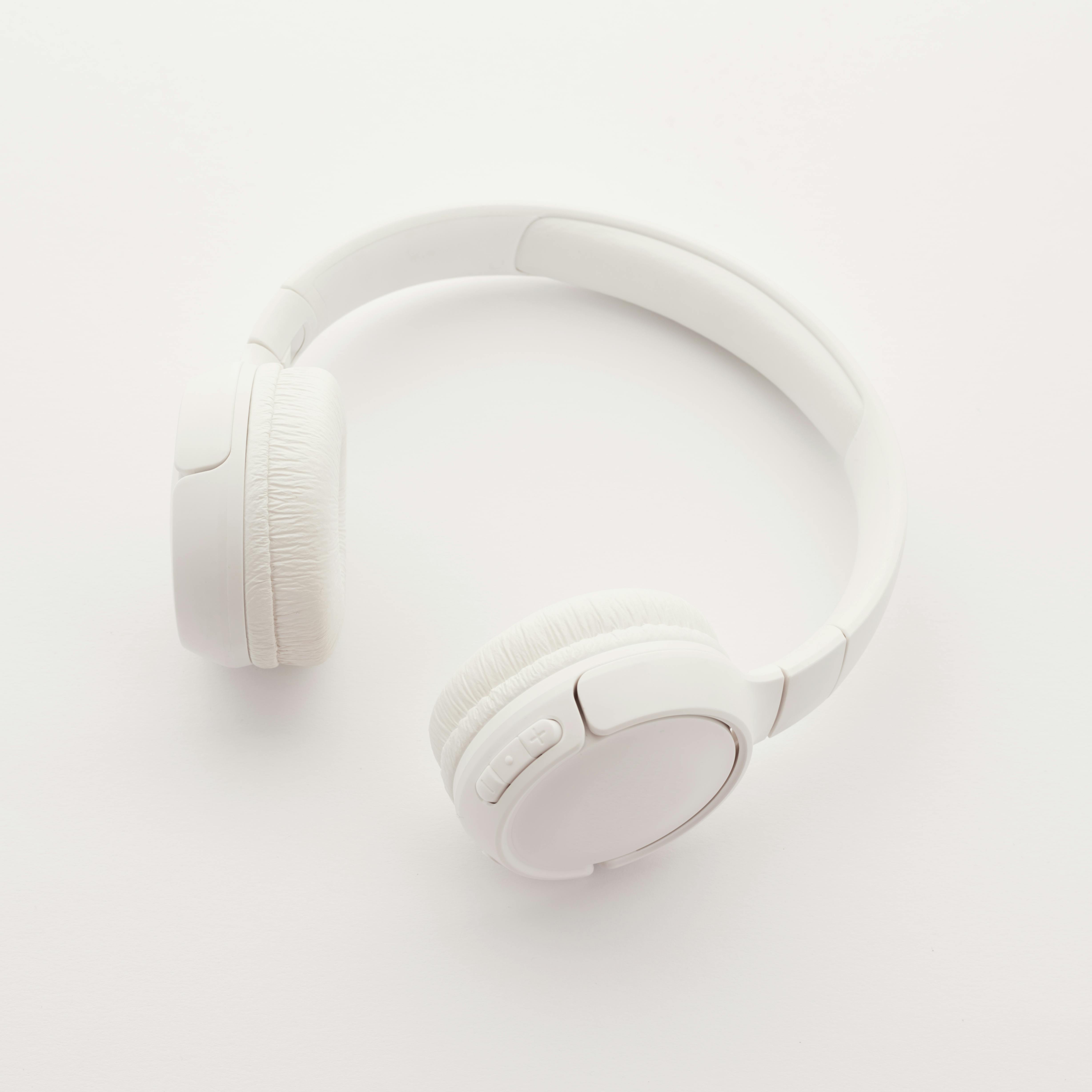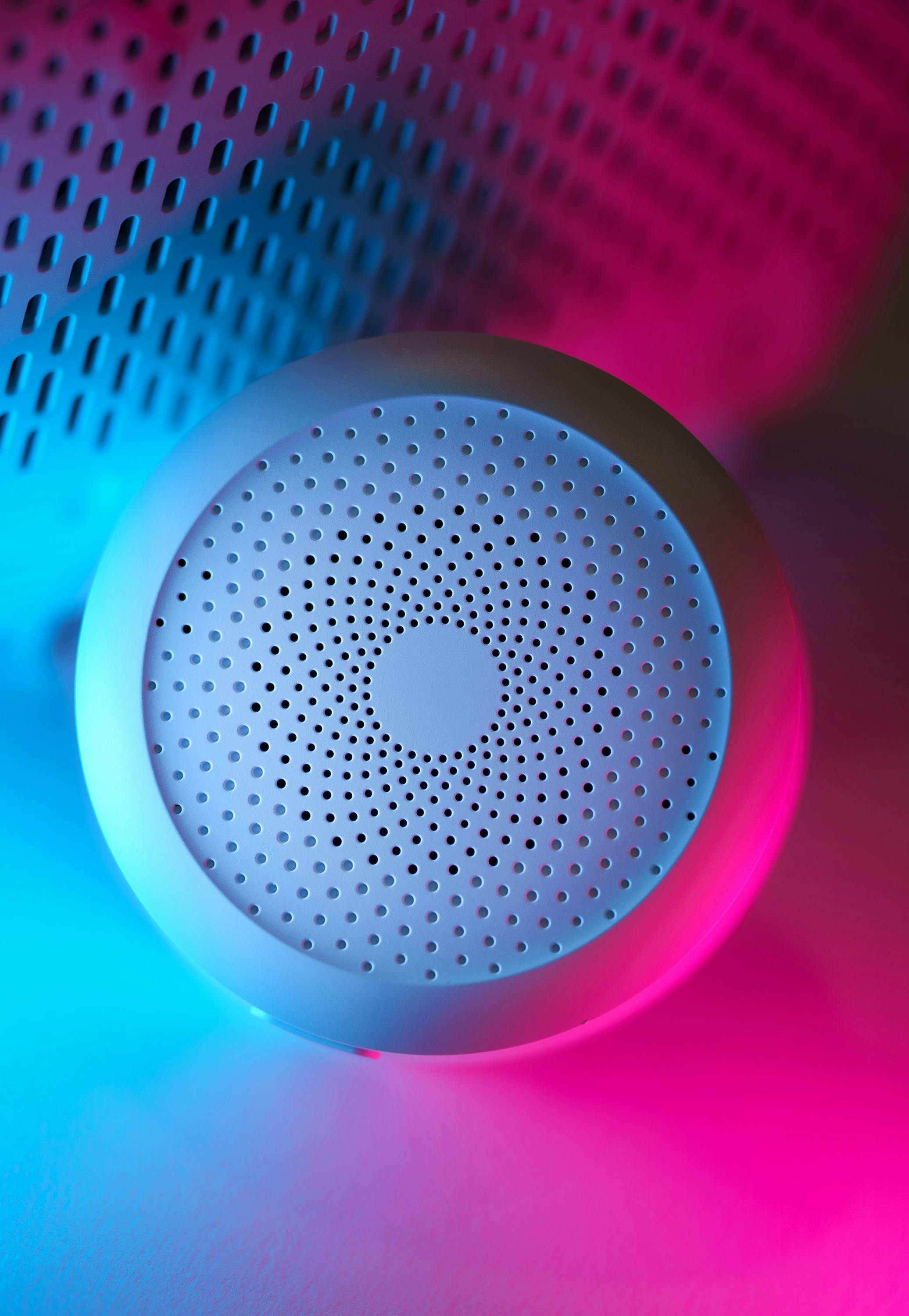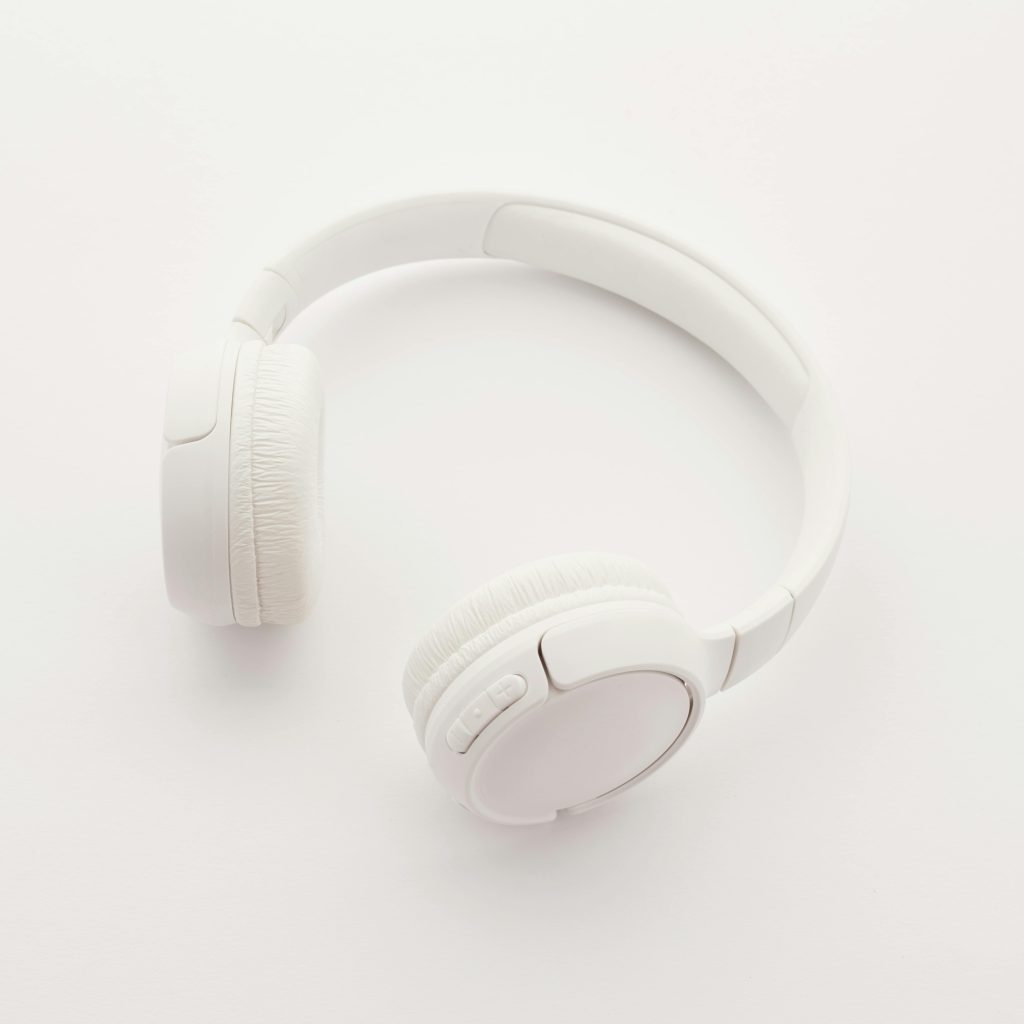The realm of music production is perpetually evolving, with sound design innovation standing at the forefront of this transformation. As technology advances, so too does the capacity for creators to craft unique auditory experiences. This article delves into the latest trends and technological breakthroughs in sound design, offering insights into how these innovations are reshaping the music industry.
- Introduction to Sound Design Innovation
- Technological Advancements in Sound Design
- Innovative Tools and Techniques
- Impact on Music Production
- The Future of Sound Design
- Conclusion
Introduction to Sound Design Innovation

Sound design innovation is not just about new sounds—it’s about new ways to manipulate, understand, and experience audio. From the integration of AI in sound synthesis to the revolutionary use of spatial audio, these advancements are not only enhancing artistic expression but also transforming listeners’ experiences.
Technological Advancements in Sound Design
Recent years have witnessed significant technological leaps in sound design. Advanced software and hardware have enabled designers to experiment with sounds in ways that were once unimaginable. For instance, modular synthesis systems and digital audio workstations have become more sophisticated, allowing for more intricate sound manipulation and production.
AI Integration in Sound Synthesis
Artificial intelligence is playing a pivotal role in sound design innovation. AI algorithms can now create and modify sound independently, offering unprecedented creativity in music production. This technology not only streamlines workflow but also opens up new possibilities for unique soundscapes.
Enhancing Experiences through Virtual Reality
Virtual reality (VR) and augmented reality (AR) technologies are incorporating sound in ways that enhance immersive experiences. Spatial audio, which allows sound to exist in a three-dimensional space, is particularly groundbreaking. This technique is crucial for creating realistic environments in VR settings.
Innovative Tools and Techniques
The toolbox for sound designers is expanding rapidly. New software plugins and sound libraries offer a plethora of sounds and effects, while hardware innovations provide tangible, intuitive ways to manipulate those sounds. Tools like sensory interfaces and haptic feedback devices are introducing new sensory dimensions to sound design.
Impact on Music Production
Sound design innovation significantly impacts music production, pushing the boundaries of what is possible. Producers and composers now have at their disposal tools that can create complex audio environments and detailed sound textures, enabling more expressive and experimental music compositions.
Industry Changes and Adaptations
As sound design technology evolves, so does the music industry. The rise of streaming platforms and digital media has changed how sound is produced and consumed. Innovations in sound design are not only about creating music but also about how it reaches and affects the audience.
The Future of Sound Design

Looking ahead, sound design innovation is poised to become even more integral to music production. With advancements in AI, VR, and other technologies, the next decade will likely witness even more personalized and immersive audio experiences. The ongoing fusion of science and creativity promises to unlock new artistic potentials and ways of experiencing music.
Conclusion
Exploring sound design innovation in music production reveals just how transformative these advancements can be. From AI to VR, the tools and techniques at our disposal are reshaping not only how music is made but also how it is experienced. As we look to the future, it’s clear that embracing these innovations will be crucial for anyone involved in the creation or consumption of music. Dive into the world of sound design innovation and discover the future sounds of music.
Explore the transformative power of sound design innovation in music production. Discover how new technologies like AI and VR are reshaping the way we create and experience music.


